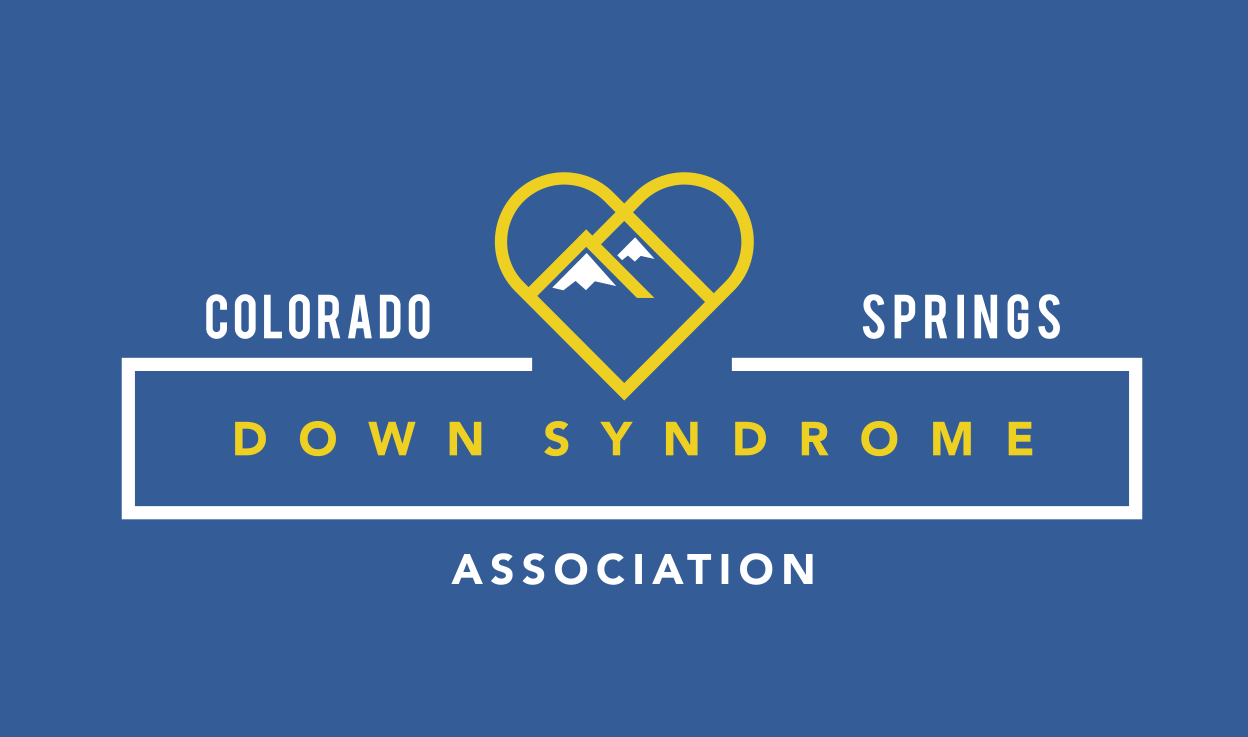Elementary EducationOnce your child turns three, the services you’ve been receiving will shift from Early Intervention to School District Services. From this point on, your local school district will provide services tailored to meet your child’s individual needs. Every child’s services will look a little different. That’s because IDEA guarantees that eligible children are entitled to a free appropriate public education (FAPE) in the least restrictive environment (LRE)—meaning services should be provided in a setting that allows your child to learn alongside their peers whenever possible, and at no cost to you as parents. IDEA also recognizes parents as equal and essential members of the IEP team. Why? Because no one knows your child better than you do. While professionals may work with your child for a year or two, you’ll be part of their life forever. When parents and professionals work as true partners, children with disabilities thrive. The IEP team (which includes you!) will identify your child’s strengths, needs, and educational goals, then build a plan that supports their learning and development. While there are common learning patterns among students with Down syndrome, each child is unique. What works for one student may not work for another. That’s why having a team of educators who believe in your child’s abilities, are willing to think creatively, and stay flexible is so important. Finding the right strategies may take time, patience, and teamwork—but it’s always worth it! What is an IEP?An Individualized Education Program (IEP) is a written plan created for every child who qualifies for special education services. Think of it as a roadmap for your child’s learning—it describes where they are now, where they’re headed, and how they’ll get there.Each IEP must include:
Your child’s IEP is developed by an IEP team—a group that may include general and special education teachers, therapists, and other specialists, depending on your child’s unique needs. As parents, you are an equal and important member of this team. You have both the right and the responsibility to advocate for your child’s needs. If there’s ever a disagreement about services or placement, there are formal processes in place (called due process procedures) to help resolve those issues. There’s no “one size fits all” when it comes to education for students with disabilities. Some students are fully included in general education classes at their neighborhood school. Others may need a more specialized setting for part or all of their day. Regardless of where your child learns, supplementary aids and services can be provided to support their success. What is Inclusion?In schools across the United States, it is now common to see classrooms where students with Down syndrome and other cognitive and physical disabilities learn alongside their non-disabled peers. This practice—welcoming, valuing, empowering, and supporting students of all abilities to learn together—is called inclusive education. Inclusive education is more than just “mainstreaming.” While mainstreaming often means a student from a separate special education class joins the general education classroom for certain, often non-academic, activities, inclusion goes further. It means that all students, including those with disabilities, are educated together for most of the school day, with the supports they need to succeed in general education programs at their neighborhood schools. At its core, inclusion is a philosophy of education built on the belief that every person has the right to fully participate in society. It’s about acceptance, belonging, and making space for everyone—especially those who might otherwise be excluded from the learning experiences that help all students grow. When done well, inclusion benefits everyone. Research shows that both students with disabilities and their typically developing peers see positive academic and social outcomes. Friendships form, students become more understanding of differences, and motivation grows for everyone. True acceptance of diversity starts in the classroom and extends into homes, workplaces, and communities. Inclusive education helps create a more connected, compassionate world—one student at a time. Tips for Teaching Students with Down SyndromeFeel free to share these tips with your child’s teachers!
|
